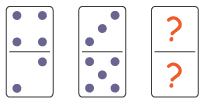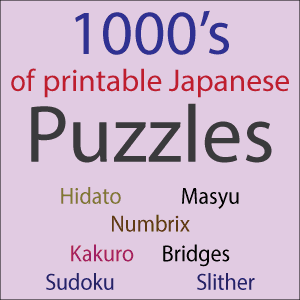What is Kakuro and how to solve them?
Is Kakuro just another version of the famous Sudoku game? Not even close would most fervent Kakuro addicts reply. The only similarity is that it is published in a grid format and that the numbers 1 to 9 have to be filled in.
Kakuro is extraordinary popular! It's a math puzzle that combines logic thinking and math skills.You could best describe Kakuro with as the mathematical version of the crossword puzzle.
So what are the rules of Kakuro? They are quite simple actually. Each grid has horizontal and vertical lines containing either clues or empty cells. The clue number is the sum of the empty cells it represents. These clues are printed either above a diagonal line or below a diagonal line.
If the clue is printed above the line, the clues is the sum of the empty cells to the right. When the clue is printed below the line, it is meant for the row of empty cells below the clue number. Each number between 1 and 9 can only be filled in once! So when the clue says 4, and there are 2 empty cells, you cannot fill in 2 and 2. The answer must automatically be 1 and 3.

This is a rather easy example of a Kakuro puzzle, but we can assure you there much harder puzzles out there with grids up to 15 by 15! Kakuro math puzzles can be absolute brain killers. There are thousands of combinations possible.
In the case of the 4 and the 2 empty cells as clue, it is evident that the answers are 1 and 3. But the order in which you place the 1 and 3
gives another dimension to this game! Here a good explanation on youtube:
There are, of course, many variations possible to this game. The one we like the most (from a teacher's perspective) is the multiplication Kakuro. Mostly, the clue contains only 2 empty cells, which makes these puzzles excellent material for the younger students, who are still trying to memorize the multiplication tables.


.gif)
.gif)
.gif)
.gif)
.gif)
.gif)




